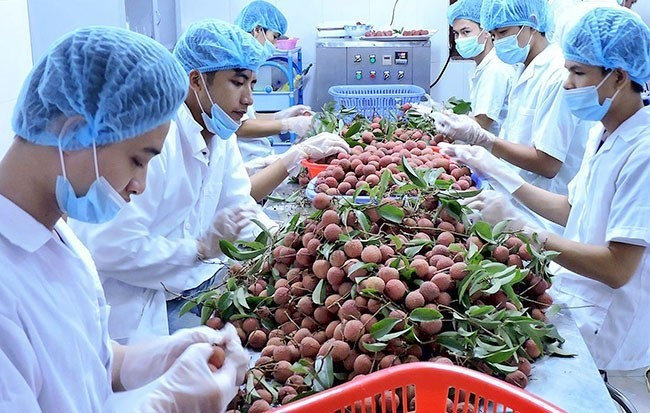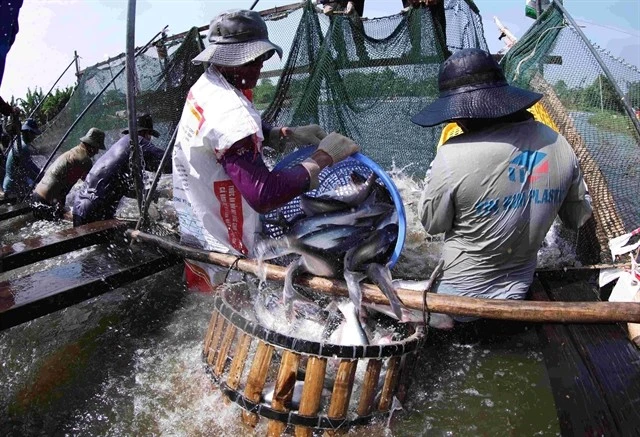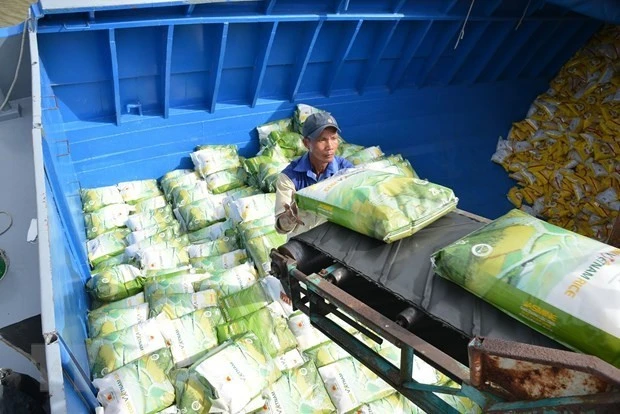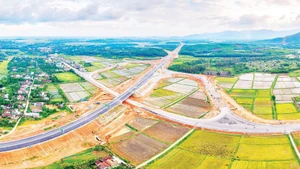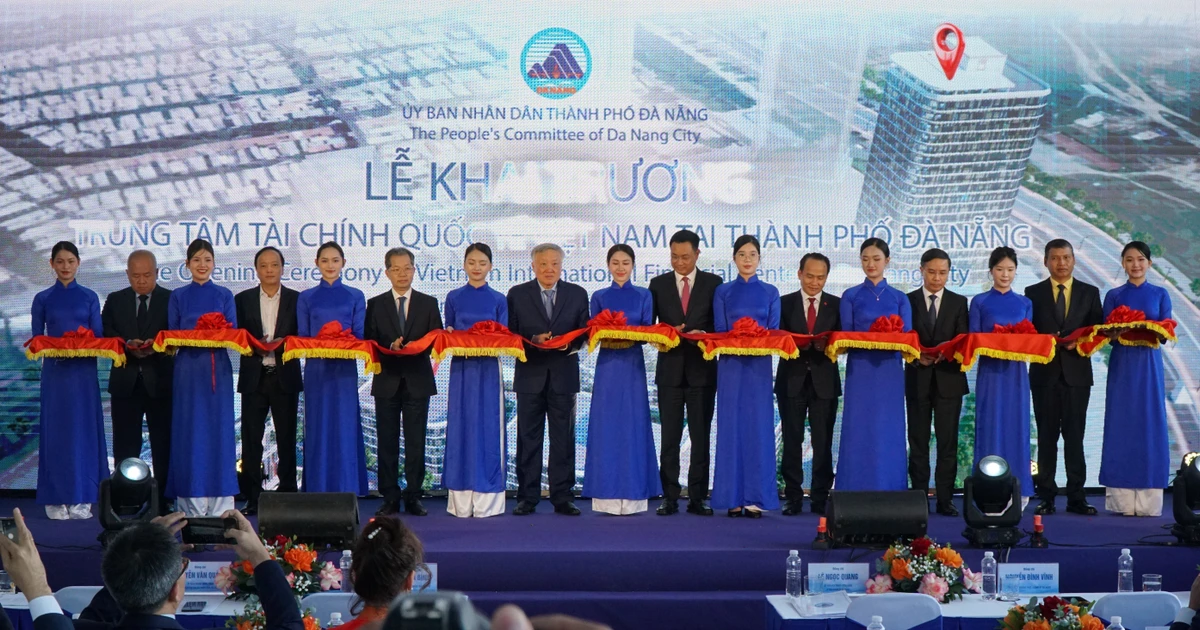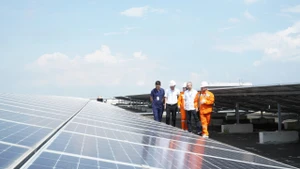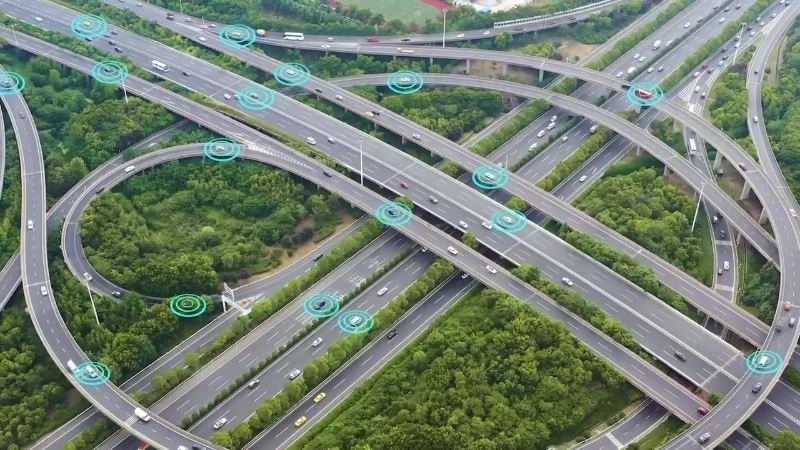Although Vietnam’s agricultural industry has utilised many advantages in exporting agricultural products to Europe, through its participation in the EU-Vietnam Free Trade Agreement (EVFTA), export turnover to this area remains low. One of the main reasons is that the EU market sets very high standards and conditions for imported agricultural products.
In addition to standards on quality, food safety, and traceability, the EU is currently discussing a “Green Agreement” to reduce carbon leakage caused by the import of agricultural products from countries with carbon-intensive production systems. Therefore, agricultural exporting countries’ access to the EU market will inevitably have to meet higher sustainability standards.
However, Vietnam’s agricultural production sectors have yet to effectively approach the requirements of green growth. According to the World Bank report on green agricultural production in Vietnam, agriculture is a major contributor to greenhouse gas emissions in Vietnam. It is the second-highest emission sector, accounting for about 19% of total national emissions in 2020. About 48% of agricultural emissions and more than 75% of methane come from rice production.
Therefore, if Vietnam wishes to boost agricultural exports to the EU, Vietnam’s agricultural sector needs to pay more attention to green growth indicators, based on building policies and roadmaps to reduce greenhouse gas emissions and methane, in line with international commitments.
According to the Action Plan of the Ministry of Agriculture and Rural Development, to implement the National Strategy on Green Growth during the 2021-2030 period, with a vision to 2030, the agriculture sector will reduce the intensive use of agrochemical inputs and increase the efficiency of the use of natural resources in agricultural production.
The proportion of organic fertilizer products in the total fertilizer products produced and consumed is expected to reach more than 30%, while the number of biological pesticides will be raised to over 30% of the total pesticides permitted to be used. The agricultural sector also aims to convert 300,000 ha of rice land to planting other crops with higher economic and environmental efficiency, while the area of organic arable land is expected to reach more than 2% of the total arable land. The rate of organic livestock products is set to reach about 2-3% of the total domestic production of livestock products, while the application of good agricultural production practices will be expanded.
Many conditions are needed to achieve these goals, so this is the time to promote investment resources for green agricultural growth and development. In addition, it is necessary to complete mechanisms and policies to promote the renewal of agricultural growth models towards green and ecology, while providing training and improving the quality of human resources for the development of green and ecological agriculture. It is also advisable to carry out digital transformation and technological innovation, to effectively use resources and protect the environment while developing green infrastructure to adapt to climate change and reduce greenhouse gas emissions.
